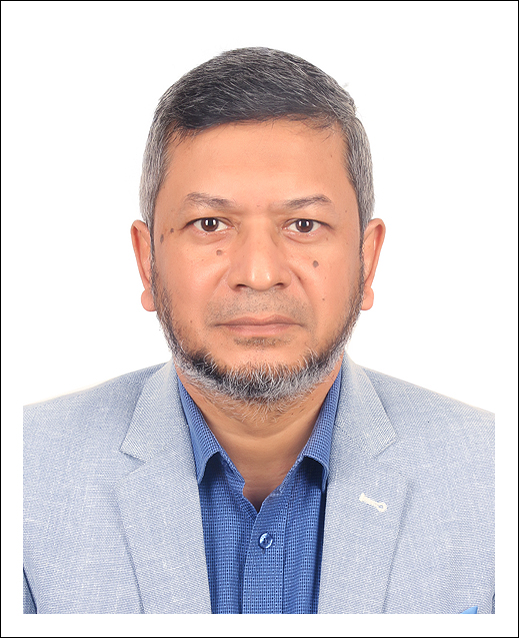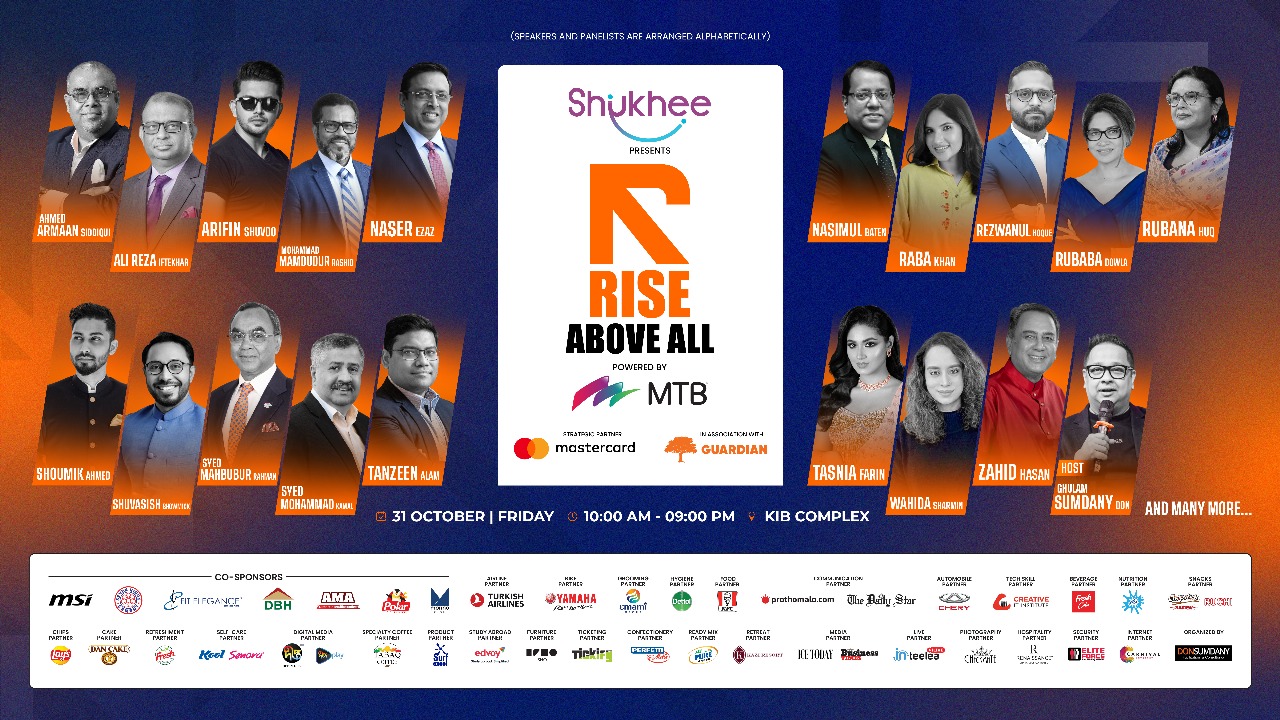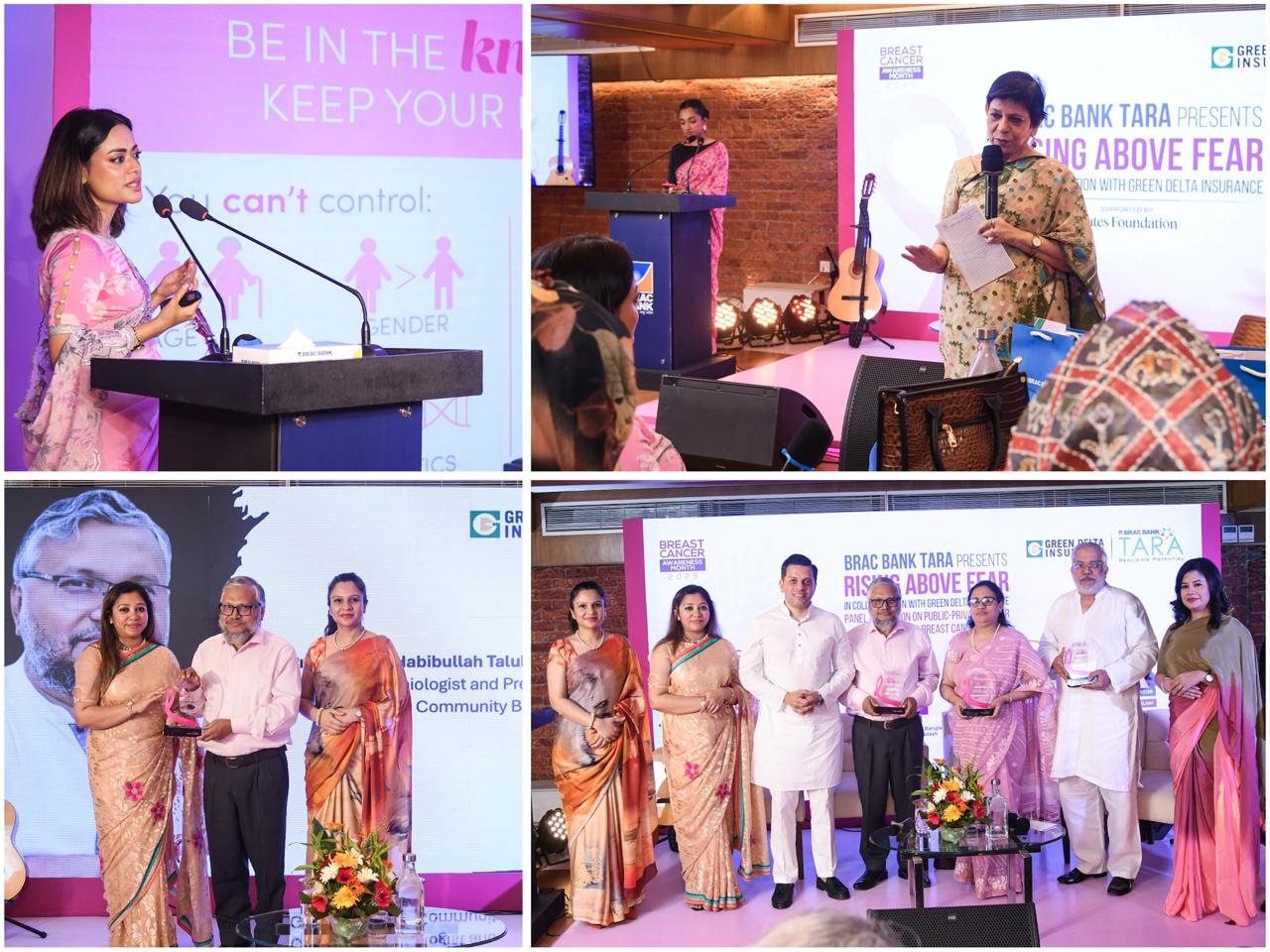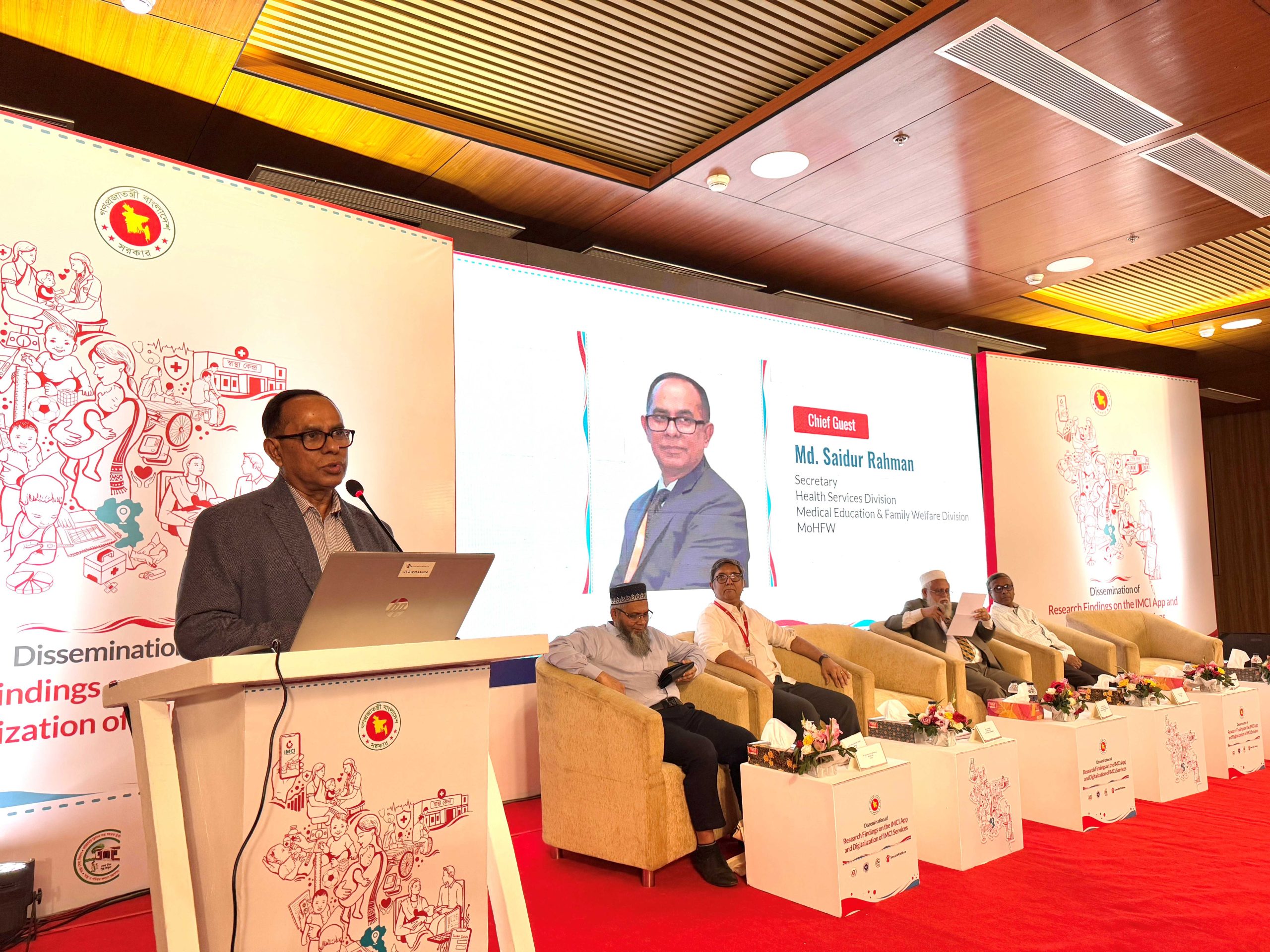By Ranjan De Silva
Abstract
This is my experience leading a company in Bangladesh, Rahimafrooz Superstores Ltd., the operators of ‘Agora’, as their Chief Executive Officer [CEO] to make it profitable and gear it for expansion from July 2009. This three-year experience helped me to apply and test the Human Performance Index (HPI) detailed in a white paper developed by the consultants of Sensei International in a real organizational setting from the perspective of a CEO rather than a consultant that we normally do for many other organisations around the world.
A saying by Sir Albert Einstein; “Not everything that can be counted counts, and not everything that counts can be counted” epitomises the challenge businesses face when attempting to find out the causes that impact business results. While it is suspected that human elements such as leadership actions, interactions, behaviors and collaboration has a key role in supporting the human and physical assets to convert organizational potential into capability and capability into business performance”, this area has not been adequately tested yet.
Sensei International, a leadership development consultancy that has guided companies in various countries over the last 20 years embarked on a project to find answers to this important question. A team of consultants from Sensei International led by their Senior Partner, Omar Khan that included the author of this paper, embarked on a study that resulted in publishing of the white paper; ‘The Sensei Human Performance Index™ – The Necessary Bridge’. The white paper attempts to organise the learnings, insights, concepts and methodology into a format that can be applied to improve business performance of companies.
This article attempts to examine the HPI in practice with the view of understanding and improving it for wider application.
Introduction
After being in Team and Leadership Excellence consulting for 10 years, subsequent to 16 years in corporate life as the Director for Keells Foods and Keells Super, I took on a new interesting challenge as the Chief Executive Officer CEO of the Agora Supermarket Chain [owned by the highly diversified Rahimafrooz Group] in Bangladesh in July 2009. This was a secondment from Sensei International where I continued to remain as a Partner and Senior Management Consultant.
I was fortunate to be able to apply the concepts and tools from the ‘Sensei HPI to achieve success at Agora during my 3 years tenure as their Chief Executive Officer [CEO]. This paper will try to illustrate what success looked like, what concepts and tools were used to achieve that success and how the various information and experience from this assignment helped understanding the ‘Sensei Human Performance Index’.
The key concepts from the Sensei HPI White Paper’ are given below to form the context for this article.
Organizations measure virtually everything, mostly aspects that are measurable. Companies wish to know how effectively they are leveraging resources, how competitively they are operating in terms of costs and effectiveness, the value of their brands, return on capital, market share, customer satisfaction and more. Without measuring and having a base line, it’s hard to aim for real improvement.
Yet one of the primary ingredients of business performance is human performance. In other words, how our human assets act, interact, behave, collaborate and engage with each other in functions, across functions, within and between teams. Yet human performance as an overall component of business results is not explicitly measured or tracked. This seems illogical and one reason given for this is the difficulty in measuring this aspect.
In fact, without measuring human performance, the things we are measuring are likely to be symptoms of what are often human performance issues. After all, leveraging of resources, managing of costs, builders and maintainers of brands, server’s customers, innovators and many more areas are performed by teams of talent and this is outcome or symptoms of human performance. Rather than measuring how human assets act, interact, behave, collaborate and engage with each other, most companies prefer to measure the outcome or symptoms, as it is easier and more measurable.
The ‘Sensei HPI’ white paper suggests that it is important to measure the performance of human assets and have initiatives to improve the performance of human assets in order to get the best outcome from the physical assets in order to improve the strategic business results of the company.
The Four Areas of ‘Human Performance’
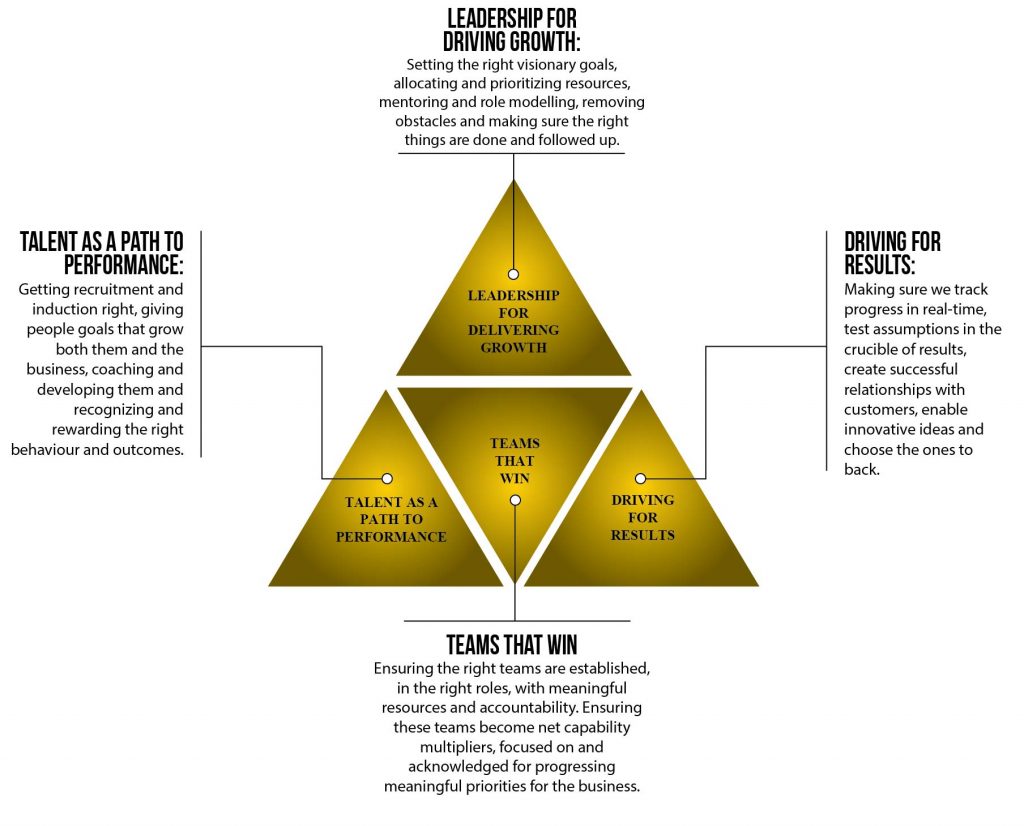
The Theoretical Concept
The central concept that is being inquired in this paper is;
Strategic Business Results = Company Assets x Human Performance
In algebraic terms, human performance would be the “x” factor. Human performance multiplied by company assets and company capabilities (themselves manifested through the actions and interactions of leaders and teams) delivers strategic business results. Validating this hypothesis requires the understanding of three key parts of the formula and the components of each of the three parts and finding evidence.
In the above formula, strategic business results is what is defined by an organization and that could include measures such as Return on Capital Employed, Market Share, Revenue from New Markets, Employee Productivity and Revenue from New Innovation. Company assets are the value of physical and human assets. While valuing physical assets is quite straight forward, valuing human assets is more challenging and needs more research for conclusion.
‘Human Performance’ can be presented using the following conceptual framework.
The Three Lenses Used to Look at the Four Areas of Human Performance
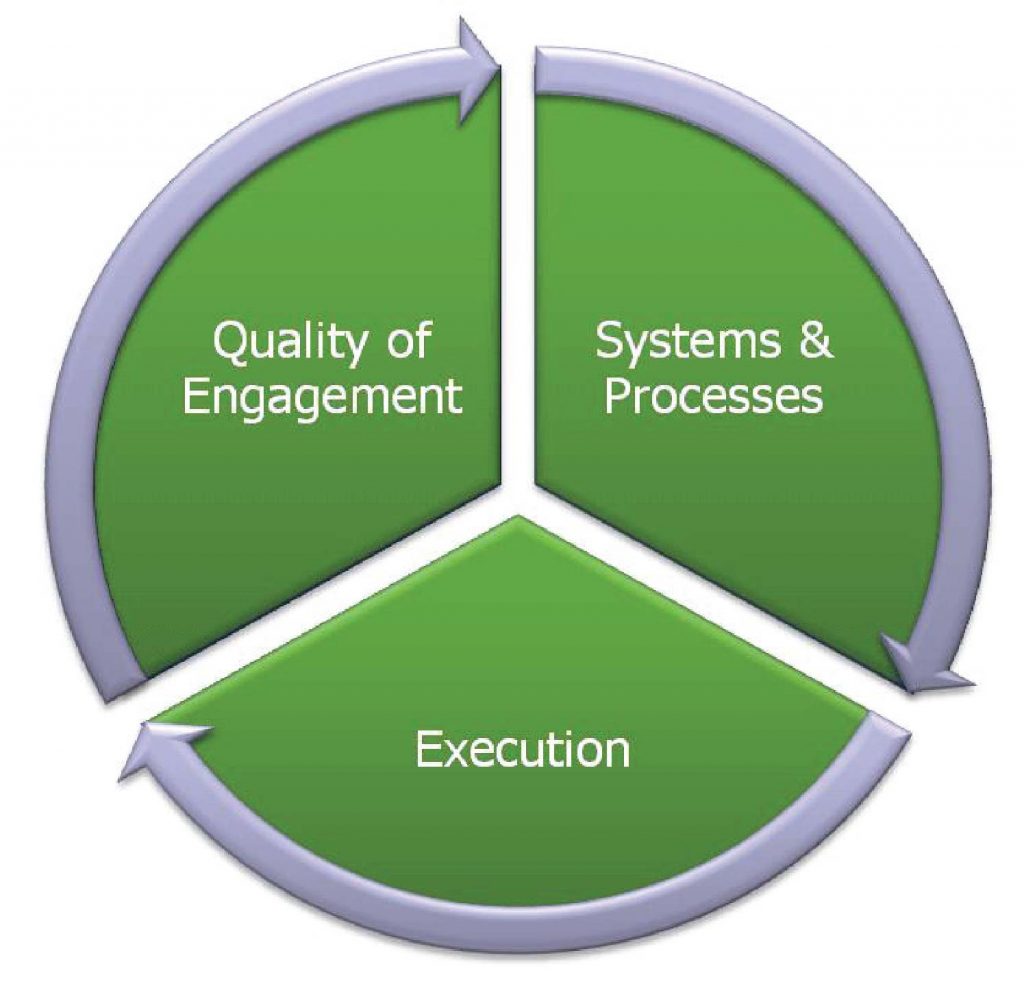
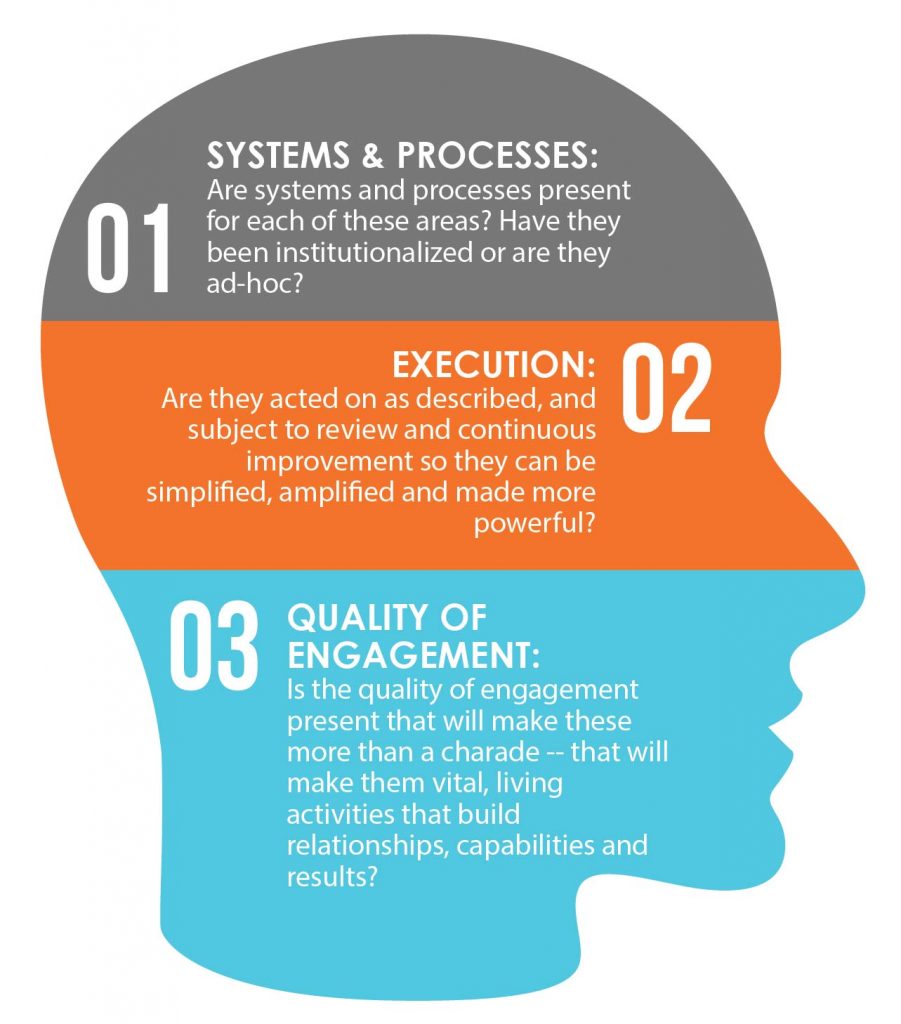
A key lesson from our twenty some years of global consulting with some of the world’s top companies on the human performance areas of their business (though at the time we didn’t have a name for it – we knew we were linking behavior to results), is that if you look for evidence of the above, you have to look through three lenses for the inquiry to be truly valuable and optimally illuminating.
The ‘Sensei HPI’ white paper suggests that it is important to measure the performance of human assets and have initiatives to improve the performance of human assets in order to get the best outcome from the physical assets in order to improve the strategic business results of the company.
What I Learned in Practice
My dream was to make Agora a world-class company. I am extremely happy that we took the following steps to liberate human potential as detailed in the HPI;
1. We developed a robust 5-year plan [vision 2015] & Annual business plans [ABP’s] and introduced a strategic and operational management system to ensure excellent execution.
2. We developed a ‘values’ driven winning culture with quality leadership and excellent teamwork driven by behaviors based on Sensei’s 10 habits and community building workshops.
3. We developed the Agora Aaponjon promise; we trained every team member to abide by it and developed internal trainers to deliver the training. [Aaponjon is the Bangla word for ‘dear one’ or ‘near one’]
4. We developed a highly engaged team by resurrecting the ‘Agora’ song, introducing the reciting of the ultimate aspiration, values and quality policy, and energizing ourselves with the Agora song, cheers and the confidence anchor at every meeting in the company.
5. We strengthened Agora with new teams; category, project and property, business process [to launch the new ERP system], business development and logistics. We are also re-designing existing teams; HR and Admin [to include a retail school to develop retail talent in Bangladesh, security with a broader role and Government Regulatory Affairs to engage the authorities], supply chain and compliance [to include quality and the quality management system [QMS] that manages the ISO 9000 – 2008 certification]. We also changed the structure of retail operations [earlier named operations], finance and marketing teams to make them more value adding. We recruited, developed and promoted team members to fill in various new roles.
6. We developed a performance oriented culture with Key Result Areas [KRA’s] linked to the Annual Business Plan [ABP], company values, 10 habits for effectiveness, Quality Management System [QMS] and Aponjon promise, ensuring monthly coaching, conducting 360 degree surveys to assess ourselves and apprising objectively.
7. We streamlined the employment status with a transparent path to permanent employment and introducing other employee benefits.
8. We had a process to maintain ISO 9000 – 2008 quality standards.
9. We changed the negative perceptions we had in the eyes of our guests regarding quality and price with improvement to the quality of our products and service, launching the ‘fresh campaign’ and re-launching ‘value week’ ensuring there were promotional offers 365 days of the year.
10. We opened an outlet in the port city of Chittagong that was profitable from day 1.
11. We made a small profit in my first year in office and a substantial profit in the second year where we received the award as the no. 1 company in the Rahimafrooz Group in-terms of achieving revenue targets and no. 2 in achieving profits targets.
12. As the company became profitable team members started earning profit bonus and got recognized and rewarded through the Agora Aponjon Star and Agora Aponjon Superstar programs.
13. We successfully acquired 5 outlets of a competitor [PQS] and re-branded them ‘Agora’ and re-launched them in record time.
14. We migrated to a state of the art ERP system [SAP] and front-end retail system [Wincor] to prepare us for speedy unlimited growth.
15. We opened a state of the art distribution centre connected to the stores through SAP to support our 5-year expansion plan.
16. We had 4 new outlets being prepared to open the year I moved on.
17. We have set up a robust small and medium enterprise [SME] fresh produce supplier development process to gear our SME suppliers to support our expansion.
18. We have designed and started the implementation of a ‘Retail School’ to develop talent for the retail industry in the country.
19. We have developed a team, equipped with the required facilities, guided by caring leadership that can take Agora to continued success.
I feel a sense of pride with regard to the fighting spirit and resilience of the Agora team members. This is a trait I see in Bangladeshi’s in general with their ability to withstand and bounce back after so many calamities such as wars, floods, poverty, earthquakes, power failures, hartals, regulatory challenges, and etc.
I have a lot of hope for Agora’s future to not only be a leading retail chain in Bangladesh but also a formidable player in the world retail scene given the strength of our brand, the quality of our team, the resources at our disposal and the foresight of our board of directors.
I have been sending a weekly message to all team members of Agora during the three years in office and my final weekly message is re-produced below to illustrate my thoughts and approach to leadership.
“We all have the potential to achieve your dreams. We all have the potential to make a positive contribution to our family, society, company and country. All we need to do is to live by the RSL values & I + 10 behaviors, follow the QMS processes, deliver the Agora Aponjon promise, extensively learn the retail business, develop leadership and team skills and passionately extend ourselves for the disciplined execution of the plans of the company.
These is the formula that helped ‘Unleash the Tiger within us’ and this is the formula that will continue to ‘Unleash the Tiger within us’ with patience, tenacity, willingness to learn from mistakes and resilience to bounce back up when we fall.
Achieving our dreams will take time, there will be challenges on the way, there will be disappointments to face, but we need to be patient and keep at it. The breaks will come at the right time. It will come not on our time frame but the time frame of the almighty, the architect of the master plan.
We can’t rush a sunrise, a journey of a thousand miles starts with one baby step, we can climb the highest mountain one step at a time and God’s delays are not God’s denials. Delays and challenges are provided to us for us to get stronger and only when we are fully prepared, we are given the fruits of our labor.”
So to the Agora team members reading this and everyone else, who want to learn from my experience; go on face those challenges, respond positively, and enjoy the journey. Unleash the tiger within you and savor the success.










